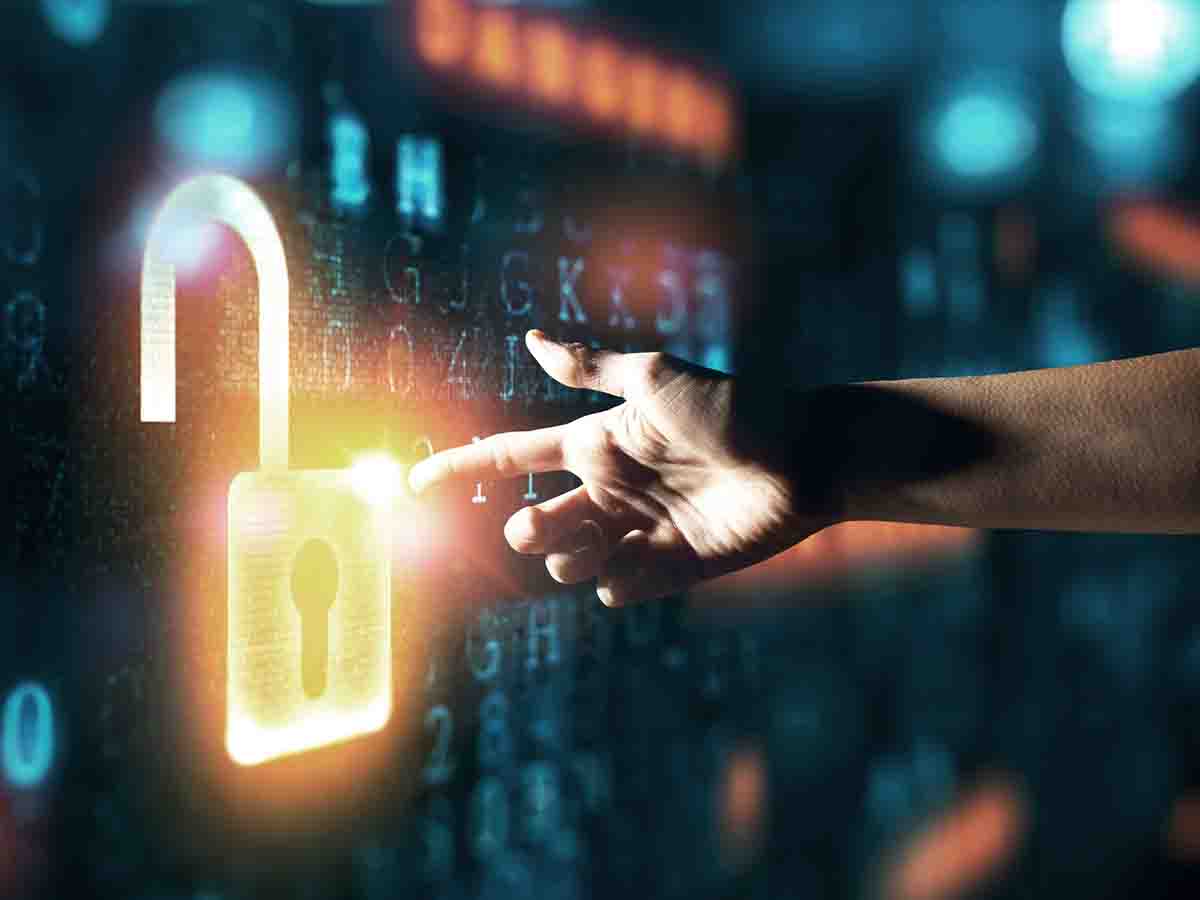Pretty Good Privacy, often known as PGP, is an encryption program that provides cryptographic privacy and authentication for data communication. It is used to sign, encrypt, and decrypt texts, emails, files, directories, and whole disk partitions to increase the security of email communications.
Pretty Good Privacy (PGP)TM Examples
1. Email Encryption
Keeping email communication secure is crucial, especially when dealing with sensitive data. This is where PGP encryption comes to play. Consider an example where Sarah needs to send a confidential email to John. Instead of sending a plain text email that can potentially be intercepted and read, she decides to use PGP, thereby adding an extra layer of security to their communication.
Stay One Step Ahead of Cyber Threats
Sarah starts by encrypting the email with John’s public PGP key, converting the message’s readable form into what looks like random text. This newly encrypted message can only be decrypted with John’s private PGP key, ensuring that only he can access the mail content.
Upon receiving the email, John uses his private PGP key to decrypt the message, allowing him to read it in its original form. This process ensures that even if the email was intercepted during transmission, the interceptor would not be able to read the email content without John’s private key, thus maintaining the confidentiality of their communication.
2. File Protection
Companies often have to store sensitive files that contain valuable data. Whether these are financial records, employee details, or confidential business plans, these files need to be safeguarded effectively. Here, PGP provides a reliable solution for protecting such sensitive information.
Consider a company that uses PGP to encrypt its critical documents. The company would use a public PGP key to encrypt the data, transforming the readable format into an unintelligible sequence of characters. This encrypted data can then be stored securely, with the comfort of knowing it is safe from unauthorized access.
If anyone needs to access this data, they must have the corresponding private PGP key. Upon input of the correct private key, the encrypted files can be decrypted back into their original, readable format. This means that even if the server storing this data is compromised, without the appropriate private key, the attacker would only see scrambled text, thus preserving the security of the company’s information.
3. Document Authenticity
In the digital world, maintaining the authenticity of a document is crucial to avoid instances of fraud or misrepresentation. PGP provides an effective way of ensuring a document’s authenticity using its signature feature.
Let’s take the example of Robert, who has authored a legal document and wants to assure his colleagues that it has come from him. Robert can ‘sign’ this document using his private PGP key. This does not encrypt the document but attaches a unique signature that can be verified using Robert’s public PGP key.
When his colleagues receive the document, they can check its authenticity by verifying the attached signature. They can do this by using Robert’s public key. If the verification process is successful, they can be sure that the document came from Robert and hasn’t been tampered with during transmission. This way, PGP ensures both the authenticity and integrity of the document.
Conclusion
PGP is a valuable tool that significantly enhances the security, integrity, and authenticity of electronic communication and data storage. Whether it is for ensuring confidential email exchanges, safeguarding sensitive business data, or certifying the authenticity of documents, PGP proves essential in maintaining privacy in the digital world.
Key Takeaways
- PGP is an encryption program that provides cryptographic privacy and authentication for data communication.
- PGP is used to securely send emails by encrypting them using the recipient’s public key and can only be decrypted by the recipient’s private key.
- It is also used to safeguard sensitive files and documents by encrypting them with a public key. These files can only be accessed and read by individuals with the matching private key.
- PGP provides a way to authenticate documents by attaching a unique signature generated by the author’s private key. This signature can be verified using the author’s public key.
- PGP plays a crucial role in maintaining privacy and security in the digital world by keeping the content of emails, files, and documents confidential and free from tampering.
Related Questions
1. Can anyone use PGP?
Yes, anyone can use PGP. It’s a widely used data encryption and decryption program that offers privacy for almost any sort of digital data communication.
2. What is the use of a private and public key in PGP?
The public key is used to encrypt the message by the sender and can be shared with anyone. The private key is used to decrypt the message by the recipient and should be kept secret.
3. Is PGP encryption secure?
Yes, PGP encryption is generally considered secure. The level of security depends on the size of the cryptographic key. The longer the key, the more secure the encryption.
4. Who created PGP?
PGP was developed by Phil Zimmerman in 1991. It was created as a means for people to protect their digital communications.
5. Is PGP used only for emails?
No, PGP can be used to encrypt anything from simple texts and emails to files, documents, and even entire disk partitions to secure the data.
"Amateurs hack systems, professionals hack people."
-- Bruce Schneier, a renown computer security professional






